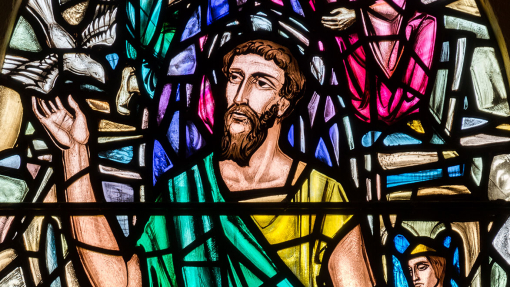
The Significance of Stained Glass
The Significance of Stained Glass
New Research Project Explores the Role of Stained Glass in Local Communities
Nineteenth- and twentieth-century stained glass is familiar as a defining feature of many places of worship, but is often overlooked and poorly understood. It can also be found in all kinds of other buildings, from town halls to theatres and country houses, and in diverse new forms in modern architecture.
Stained glass is also increasingly at risk as the buildings that it was made for close or undergo changes of use. Assessing significance is an essential part of managing change for historic buildings and this research project will provide new ways of evaluating stained glass to help prioritise funding for conservation and preservation.
Leading the project, Dr Martin Crampin said: “sweeping uninformed criticism has pervaded our assumptions about stained glass and has negatively influenced our perception of it as art. So much is of great quality, and has not been appreciated. Because there has been so little study of the medium, rare examples have not been recognised and are sometimes at risk. At the same time, there are so many stories behind stained glass, given their commemorative role, and they provide connections with local, regional and national histories. They can also help communities develop cultural and faith tourism narratives to bring visitors to historic churches.”
Building on research undertaken on stained glass in Wales by Martin Crampin at the Centre for Advanced Welsh and Celtic Studies over many years, the project will deepen our understanding of stained glass in Wales and also pioneer new survey of stained glass in neighbouring parts of England and Liverpool. Work by many of the same artists, designers and studios can be found across Britain, Ireland and globally, making the research internationally relevant.
Funded by the UKRI Arts and Humanities Research Council, part of UK Research and Innovation, the project will work with Cadw in Wales, Historic England and the Cathedrals and Churches Buildings Department of the Church of England.

